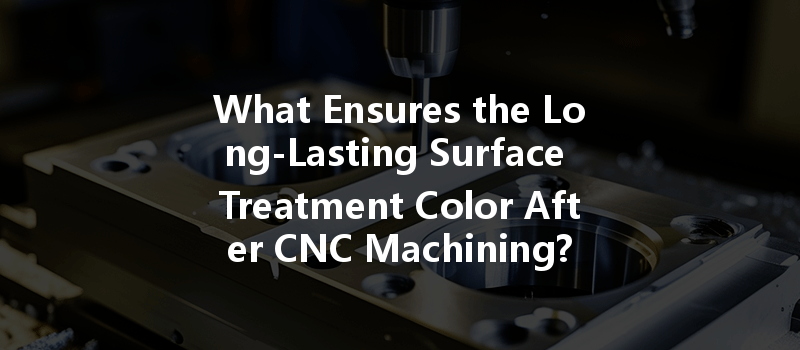Opening
Did you know that nearly 80% of consumers form their first impression of a product based on its appearance alone? In today’s competitive market, where aesthetics can influence purchasing decisions, ensuring a long-lasting, vibrant color on CNC machined parts can set a company ahead of its competitors. Surface treatment color longevity is not merely a cosmetic aspect; it encapsulates quality, precision, and durability, playing a crucial role in customer satisfaction and brand reputation.
to CNC Machining and Surface Treatments
CNC (Computer Numerical Control) machining has revolutionized manufacturing by providing intricate designs and precise measurements with minimal human intervention. While the CNC process itself is vital in achieving high-quality components, the post-machining surface treatments are equally essential for enhancing the aesthetic appeal and physical properties of those machined parts. Surface treatments can include anodizing, powder coating, plating, and more, each contributing to the durability and appearance of the finished product.
Understanding Surface Treatments
Surface treatments serve multiple purposes, such as:
Yet, the crux of our focus today is on how to ensure that the color and finish achieved through these treatments remain intact and vibrant over time.
Factors Influencing Surface Treatment Color Longevity
Different metals and plastics will react differently to various surface treatments. For instance, aluminum requires specific treatments to prevent oxidation, which can dull its finish. Conduct thorough research and ensure the compatibility of the chosen surface treatment with the substrate material.
Proper surface preparation before any treatment is vital. This phase ensures that contaminants like oil, dust, or previous finishes do not interfere with adhesion or color retention:
Different surface treatments offer varying levels of durability and color retention. Here are some popular options:
Anodizing
Powder Coating

Plating
The method of applying the surface treatment significantly influences its durability:
After treatment, parts are often exposed to various environmental factors that can lead to color fading. Consider these aspects:
Educating end-users on proper care of treated surfaces can significantly extend color life:
Practical Solutions for Enhancing Color Longevity
Testing and Quality Control
Establish a rigorous testing protocol to assess color retention under simulated environmental conditions. Accelerated aging tests can simulate long-term exposure to sunlight, humidity, and other elements.
Advanced Coating Technologies
Consider adopting advanced nano-coatings or hydrophobic treatments that can provide exceptional longevity against fading and damage.
Customer Feedback Loop
Establishing an ongoing relationship with customers regarding their experiences and feedback on surface treatments can illuminate areas for improvement in both treatment processes and part design.
In summation, ensuring that the surface treatment color after CNC machining lasts long and remains vibrant involves a multifaceted approach that encompasses material choice, surface preparation, the application of appropriate treatments, and mindful maintenance. In a world where first impressions matter, the longevity of your product’s aesthetic can influence not just sales, but also brand loyalty.
By focusing on these core technological aspects and implementing rigorous testing protocols, manufacturers can deliver high-quality parts that resonate positively with consumers. Understanding how to enhance surface treatment durability is not merely beneficial—it’s essential for success in any industry reliant on CNC machining.
Remember, every decision you make regarding surface treatment impacts not just your product’s appearance but its overall integrity and reputation in the market.






